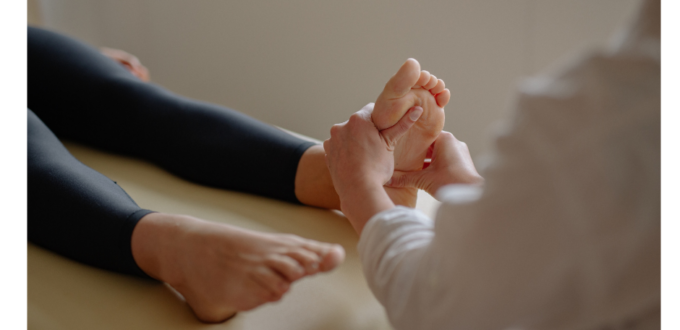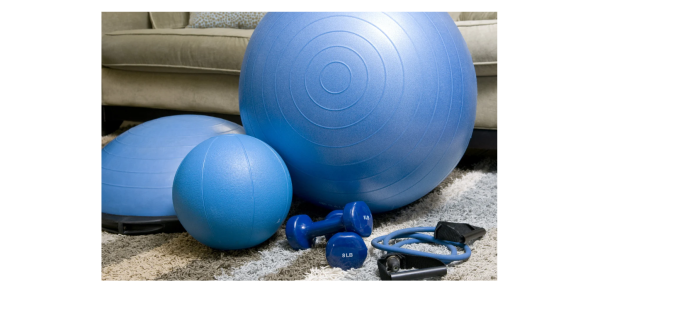Imagine this: you’re at home, and something rolls under the couch. You kneel down to grab it, but when it’s time to get back up, it feels harder than it used to. Sound familiar?
For many people, getting up and down from the ground isn’t something we think about—until the day we realize it’s a challenge. But here’s the truth: this simple movement is one of the most powerful tools we have for staying independent and preventing falls.
Why It’s So Important
- Falls happen—even to healthy, active people. The difference comes down to how safely and confidently you can get up afterward.
- Strong legs, core, and balance are your safety net. The same muscles that help you rise from the ground are the ones that help keep you steady on your feet.
- Independence is freedom. Whether it’s gardening, playing with grandkids, or exercising, the ability to move to and from the ground keeps life joyful and active.
How to Practice Safely
- Start with a sturdy chair: practice sitting and standing without using your hands
- Work your way to softer surfaces, like a yoga mat or carpeted floor
- Strengthen your “power muscles”—legs, hips, and core—with exercises like squats and step-ups
- Always keep something stable nearby for support, especially when you’re just starting out
- If you can’t kneel, there are other options! You can use pillows or cushions under your knees or you could scoot on your buttock instead of crawling and scoot up and onto a chair or other furniture using your arms and legs without knees being on the ground.
The Takeaway
Being able to get down—and back up—might not sound glamorous, but it’s a lifesaving skill. It builds strength, confidence, and resilience. The more you practice now, the more secure and independent you’ll feel in the years ahead.
So here’s a challenge: next time you’re at home, give it a try. Sit down on the floor, then get back up—safely, at your own pace. You may want to make sure you are not home alone and you have enough support around you if you need it. It might surprise you how empowering it feels!
Please let me know if you have any questions or need more details and strategies to work on getting up and down from the ground more easily. Hope your first week of Fall is off to a great start!







